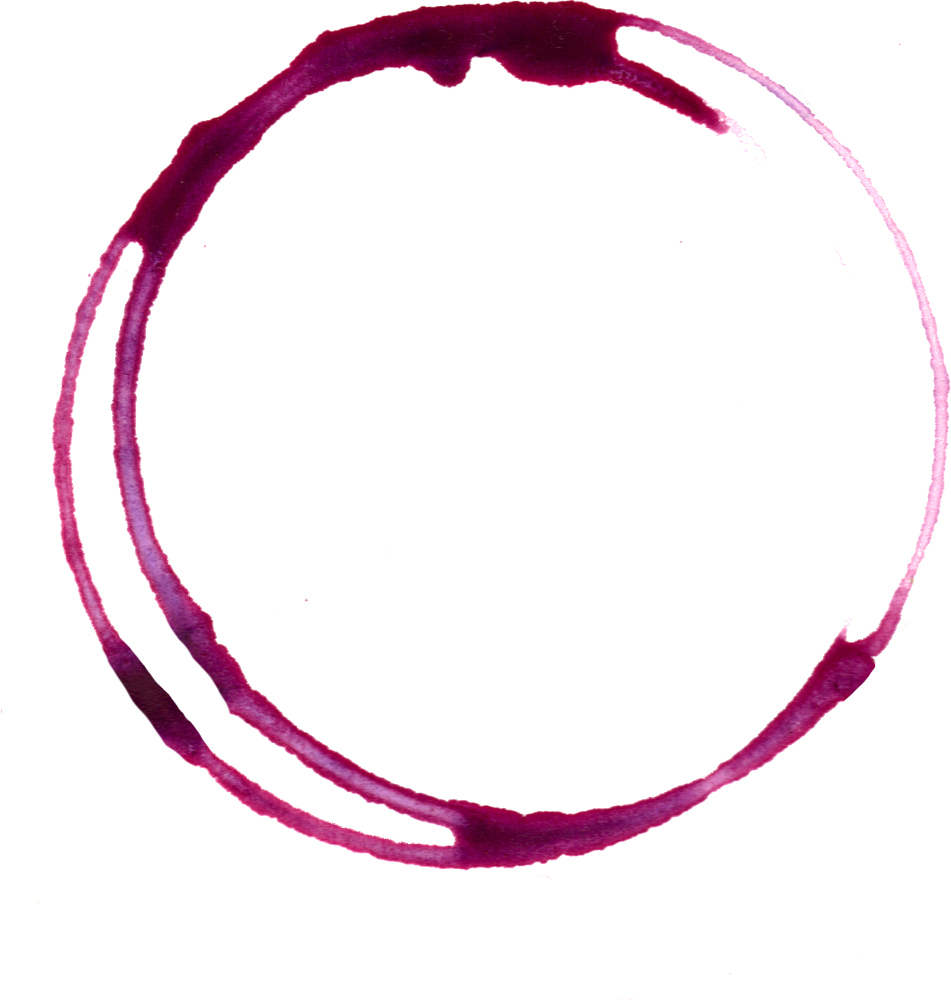Like Laverne and Shirley, wine and cheese just seem right together, so much so that it’s hard to mention one without the other.
The history of this gastronomic dynamic duo is a bit milky (pun intended),”]but it can generally be traced back to European days of old. People back then had a custom of buying cheap bottles of wine and huge blocks of cheese, because after hundreds of years of trial and error, they knew cheese somehow made wine taste better. The cheaper the wine, the more cheese. Why? Didn’t matter.
Later, we learned that the secret was in the tannin. Less expensive wines — and some great wines that haven’t quite developed yet — are often marked by having strong and bitter tannins. This doesn’t make them bad. On the contrary, tannic characteristics are some of the most intriguing elements of wine. Regardless of the quality of wine, the more bitter the tannins, the more milk fat and protein needed to effectively mask that bitterness. Thus, we thrust wine and cheese together as lifelong pals.
The best way to demonstrate the beauty of wine and cheese is to invite some friends and throw a wine-and-cheese tasting. Now, most people do this all backwards. They read about mixing cheeses from cows, sheep and goats and adding a selection that ranges from soft to hard, new world to old and fresh to aged. Then they get the wine. I prefer starting with the wine and adding the cheese selection later. The pairing results might be the same (and probably should be), but choosing the cheeses based on the wines allows for a better exploration of the specific qualities of wine.
With that in mind, here are some tips and pairings that might be useful in planning your sampling soirée.
Pairing Examples
White Wines – Cheese
Champagne, Prosecco or Sparkling – Camembert
Sauvignon Blanc – Gruyere
Pinot Blanc – Taleggio
Riesling – Bleu Cheese
Chardonnay – Triple Cream Brie
Red Wines – Cheese
Beaujolais or Valpolicella – Pecorino Toscano
Sangiovese – Parmigiano-Reggiano
Merlot – Smoked Gouda
Bordeaux or Cabernet – Aged Cheddar
Port – Gorgonzola
Pairing Basics
- White wines tend to pair better with cheeses, but light- to medium-bodied reds work just as well.
- Choose four to six different wines and accompanying cheeses, and plan a display that ranges from light and fresh to sharper, bolder and deeper to lessen the impact on your guests’ palates.
- Go with contrasting flavors. Sweet cheeses complement more acidic wines. Full-bodied and lush wines pair better with double and triple cream options.
- Serve the wines at proper cellar temperature; 45 degrees for white and 60 degrees for red. Also, take the cheeses out of the fridge at least 30 minutes before serving so that they can come to temperature.
Lastly, always allow time for discussion. Try the cheese. Then, take a sip of wine. Reflect on bitterness, sweetness, acidity, complexity. Repeat. Are there changes? Talk. Share. After all, it’s just wine and cheese.
